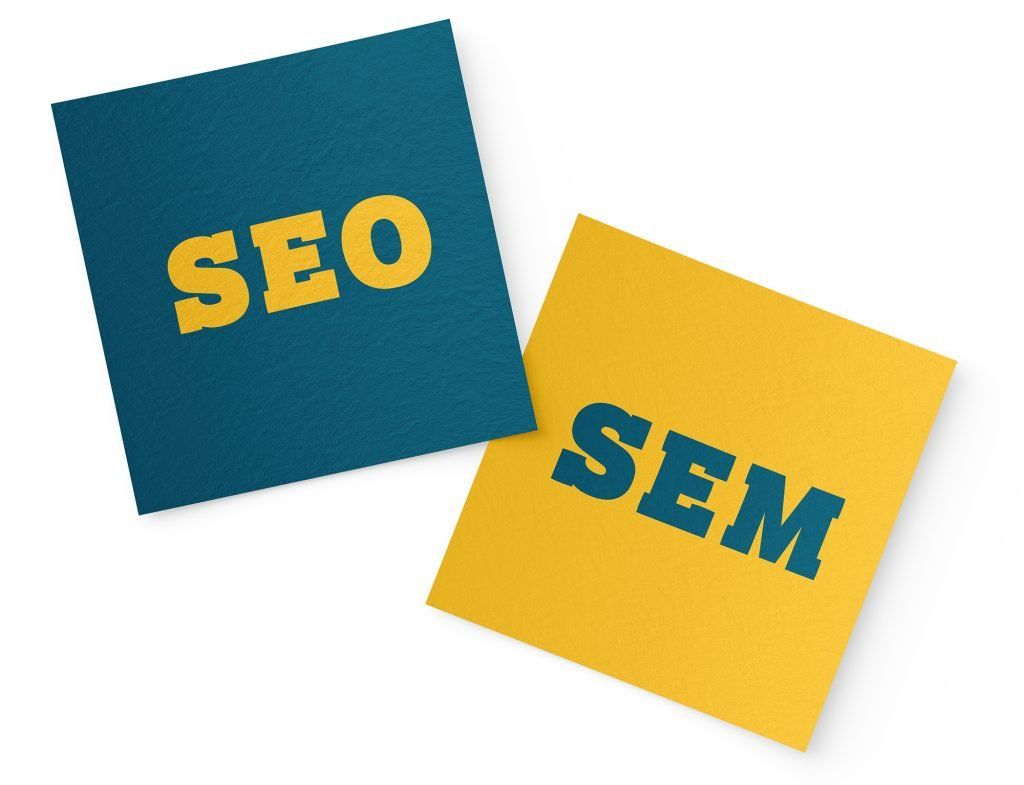In the ever-competitive digital world, businesses are constantly vying for a top spot on search engines. When it comes to improving online visibility and driving traffic, Search Engine Optimisation (SEO) and Search Engine Marketing (SEM) are key strategies. But what do they involve, and how can they benefit your brand? In this guide, we’ll break down the key components of SEO and SEM, explore their advantages, and help you decide which approach best suits your business.

Key Components of SEO
Search Engine Optimisation (SEO) is a strategy focused on improving your website’s organic visibility on search engines. The main goal is to appear high on the search engine results pages (SERPs) without paying for ads. Here are the key components of SEO:
- Keyword Research and Optimisation
Finding and targeting relevant keywords that your audience uses to search for products or services is critical. Keyword density, placement, and relevance help determine your page’s ranking. - On-Page SEO
This involves optimising elements on your website, such as meta tags, headings, content quality, URLs, and internal linking. The aim is to create a seamless experience that aligns with search engine algorithms. - Technical SEO
Focuses on improving your website’s technical elements, such as page speed, mobile-friendliness, secure connections (HTTPS), and crawlability for search engine bots. - Off-Page SEO
Building backlinks from authoritative websites is key to improving your domain’s authority. Off-page SEO also includes social signals and other external factors that signal relevance and authority. - Content Creation and Optimisation
High-quality, relevant content tailored to your audience increases the likelihood of organic traffic and engagement. Blogs, articles, videos, and infographics can all play a role.
Key Components of SEM
Search Engine Marketing (SEM) involves using paid strategies to appear prominently in search engine results. This encompasses Pay-Per-Click (PPC) advertising, and often includes remarketing strategies. Here are the key components:
- Keyword Targeting for Ads
Similar to SEO, keyword targeting is essential in SEM. You bid on keywords relevant to your target audience’s search queries. - Ad Creation
Writing compelling ad copy with strong calls to action, using attractive visuals, and including relevant extensions such as sitelinks or phone numbers enhance user engagement. - Campaign Setup and Management
SEM campaigns require careful structuring and monitoring to ensure they reach the intended audience while staying within budget. This involves defining audience segments, targeting options, and bidding strategies. - Performance Monitoring and Optimisation
Tracking metrics such as click-through rate (CTR), cost per click (CPC), and conversion rate helps refine campaign performance. - Landing Page Optimisation
Ensuring that ads direct users to relevant, optimised landing pages boosts conversions and maximises the ROI from your SEM campaigns.
Benefits of SEO
- Cost-Effective Over Time
Once your site ranks well, the continued flow of organic traffic doesn’t come with the recurring costs associated with paid ads. - Increased Trust and Credibility
A higher organic ranking can make your brand appear more trustworthy and authoritative to potential customers. - Long-Term Results
While it takes time, SEO provides long-lasting benefits that continue to compound as you build content and acquire backlinks.
Benefits of SEM
- Immediate Visibility
Unlike SEO, which can take months to bear fruit, SEM provides instant visibility at the top of search results. - Targeted Audience Reach
SEM allows precise targeting based on demographics, location, keywords, and more, ensuring your ads reach the intended audience. - Scalable and Measurable
Every aspect of an SEM campaign can be tracked and adjusted for optimal performance. This transparency allows for budget adjustments based on performance.
Understanding the Benefits of Both
Combining SEO and SEM can be a powerful strategy. While SEO builds a solid foundation of long-term traffic, SEM can provide short-term boosts and immediate visibility. Many successful businesses balance both approaches depending on their goals, budget, and market competition.
Conclusion: Which One Should You Use?
The answer depends on your business objectives. If you’re looking for immediate traffic and have a budget for advertising, SEM can deliver instant results. If your goal is long-term organic growth and building authority, SEO should be your priority. For the best results, a blend of both approaches—starting with SEM for quick wins and building an SEO strategy for long-term growth—can help you maximise your digital marketing efforts.